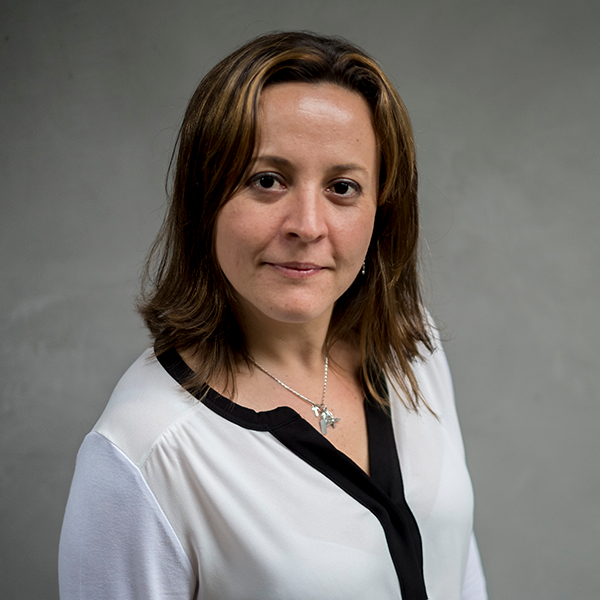Public data is the raw material with which fact-checkers work every day. Without it, the credibility of rating information as false — without being able to show the reasoning behind the decision — is weakened, no matter how obviously false the content seems. But there is a way to navigate this, even if data is not accessible.
During the COVID-19 pandemic, when conspiracy theories and misinformation related to vaccines, thermometers, and miraculous prevention methods are gaining steam on social media, the fact-checking community has found a simple – and honest – way to say something is probably not 100% true.
Fact-checkers are posting articles with intermediary rating labels such as “unsupported” and “no evidence” to alert audiences to highly dubious content.
In the list of more than 7,800 fact-checks published by the CoronaVirusFacts alliance, the collaborative project that since January brings together 99 fact-checking organizations from around the world, there are at least 107 articles in which fact-checkers opted to say there was “no evidence” regarding the truthfulness of a certain piece of information rather than flagging it as completely “false”. One-third of these checks were produced in the last two months.
Here is a simple example of how effective it is.
In June, British Twitter accounts published that suicides had increased 200% in the COVID-19 lockdown period. FactCheckNI’s stated, on July 1, that there was no public data capable of supporting that. A smart move.
It was true that the fact-checking team could not deny it. But it could neither guarantee that the viral information was true. And the fact-checking golden rule is clear: when there is doubt about the veracity of content, fact-checkers should alert society and ask others not to share that piece of content.
A similar logic was applied by Science Feedback in a check of a conspiracy theory that went viral on Facebook pages and Twitter accounts in the United States in the first week of this month.
“U.S. hospital laboratories falsify COVID-19 tests to inflate the number of positive results… Nurses sent unused swabs for COVID testing and they all came back positive,” said posts and tweets.
“Unsupported,” rated Science Feedback on July 2.
“There is no evidence that hospital laboratories have falsified the number of COVID-19 positives. While false-positives can occur, experts agree that they are a rare event. On the contrary, false-negatives are hard to control as they can be due to many different factors apart from test accuracy, including the type of specimen analyzed, the sample handling, or the stage of infection. Failing to correctly identify infected people would promote disease transmission and constitute a public health risk”, fact-checkers wrote.
LeadStories’s team analyzed the same content and, following their visual method of expressing their conclusions, instead of using “false”, they applied over the photo that illustrates the article the rating “hearsay”. Another way to alert the audience about a piece of content that is nothing but a rumor.
Among the 107 fact-checks labeled with the “no evidence” tag in the CoronaVirusFacts Database, there is an incredible list of articles about COVID-19 cure and prevention methods. Here is the one that made me laugh. “Will llamas’ antibodies help slow down the coronavirus?,” asked Bolivia Verifies in May.
It is a fact that, in Belgium, people have been studying the subject. The “Nuevo Herald” published on May 7, a note detailing the investigation and emphasizing it started in 2016 – a long time before the COVID-19 outbreak.
But, according to fact-checkers, reporters, and researchers, it is still possible that “the four-year-old llama named Winter,” a Belgian farm resident, may be able to assist the planet in experiences related to the new coronavirus.
Up to this day, there is “no evidence” to say the contrary.
Read this article in Spanish at Univision.
* Cristina Tardáguila is the associate director of the International Fact-Checking Network and the founder of Agência Lupa. She can be reached at ctardaguila@poynter.org.







